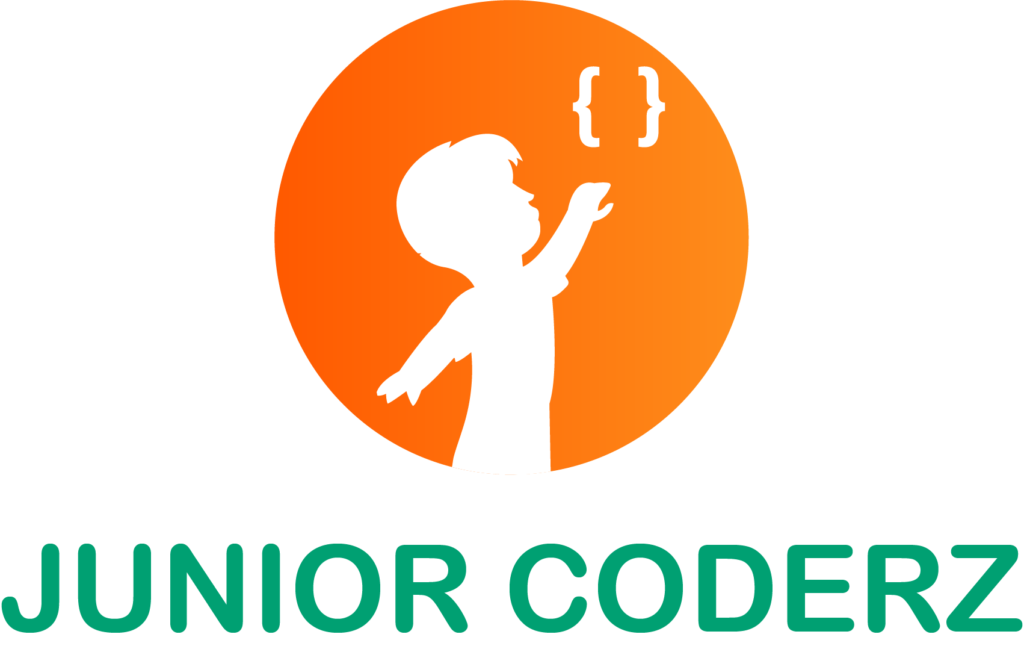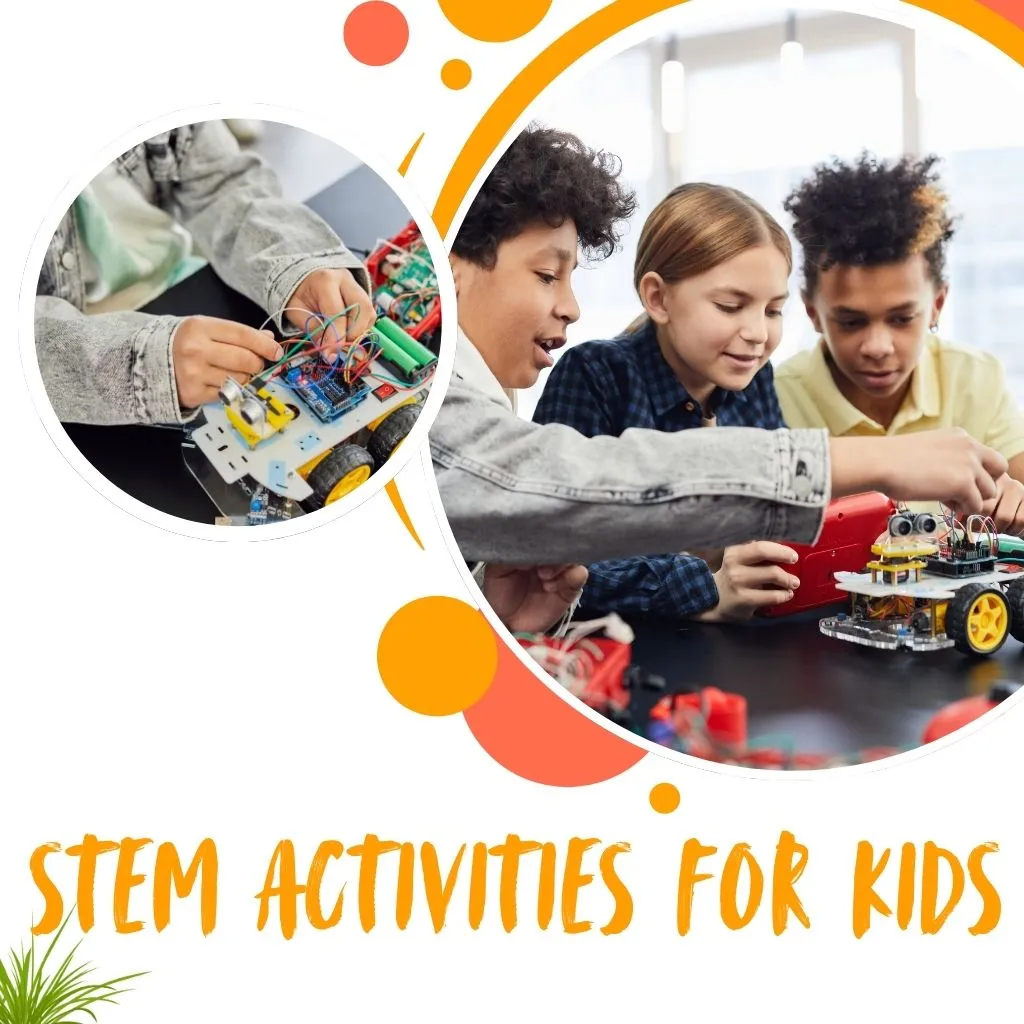In today’s digital-first world, preparing children for the future means giving them more than just screens; it means empowering them with skills that blend creativity, logic, and innovation. One of the best ways to do this is through hands-on STEM activities for kids that teach the foundational concepts of coding while sparking imagination. These experiences do more than just entertain; they lay the groundwork for problem-solving, critical thinking, and digital literacy that will serve them for life.
But here’s the exciting part: STEM learning doesn’t have to be locked in a classroom or buried in textbooks. With the right STEM projects for kids, your home can become a launchpad for curiosity and invention. What if a simple game of Scratch could become your child’s first step toward building their own app? What if a homemade robot could unlock a love for engineering? Ready to find out? Let’s dive into the most engaging coding activities for kids that will ignite a lifelong love for STEM.
Why STEM for Kids Matters
STEM (Science, Technology, Engineering, and Math) education equips children with the essential skills needed for tomorrow’s careers. Integrating coding into STEM introduces kids to computational thinking and digital fluency. As industries become more tech-driven, early exposure to these skills provides a competitive edge and boosts their confidence in learning complex subjects.
Benefits of Hands-On STEM Activities for Kids

1. Boosts creativity and experimentation:
When children are given a task like building a simple robot or coding an animation, they must think outside the box. They explore, test ideas, and learn that failure is part of the process. This kind of unstructured exploration helps spark imagination and fosters a mindset of innovation.
2. Improves problem-solving and critical thinking skills:
STEM tasks often present challenges that require step-by-step thinking. Whether it’s debugging a line of code or figuring out how to make a circuit light up, kids develop logic-based approaches to solving real problems, sharpening their analytical skills.
3. Encourages curiosity and independent learning:
These activities naturally inspire children to ask questions like “Why did this happen?” or “What if I try this instead?” This nurtures intrinsic motivation and a lifelong love for learning, especially when they discover answers through exploration rather than direct instruction.
4. Develops teamwork and communication during group tasks:
Many STEM activities for kids are collaborative, encouraging children to share ideas, divide roles, and resolve differences. This builds soft skills like leadership, empathy, and communication essential for both academic and life success.
5. Builds confidence as kids see their projects come to life:
There’s immense pride and joy when a child successfully completes a project from making a balloon-powered car to running their first line of code. These accomplishments help build self-esteem, showing them they are capable of tackling challenges and succeeding.
10 Exciting Hands-On STEM Activities for Kids
Here’s a list of fun, educational, and age-appropriate hands-on STEM projects for kids that combine learning and play:
1. Scratch Story Animation
- Age Group: 7–12
- Objective: Learn basic coding concepts using drag-and-drop logic blocks to create animated stories
- Tools Needed: Laptop or tablet, internet connection, Scratch platform (scratch.mit.edu)
- Learning Outcome: Understand sequences, loops, events, and how to structure a story through code
Scratch is an introductory visual programming language that empowers children to bring their ideas to life through animation and interactive storytelling. In this activity, kids create their own characters (sprites), design scenes, and animate movements or dialogues using coding blocks. They can build a mini cartoon, a quiz, or even a short video game. The visual and interactive nature of Scratch helps demystify programming concepts like sequencing (ordering actions), loops (repeating actions), and conditionals (if-then logic), making it an ideal starting point for beginners. Moreover, storytelling strengthens their communication and creative thinking skills as they script and animate their ideas.
2. Paper Circuits
- Age Group: 8–14
- Objective: Introduce basic electrical and circuitry concepts in a fun, artistic way
- Tools Needed: Copper tape, coin cell battery, LED lights, cardstock paper, scissors, tape or glue
- Learning Outcome: Understand electric circuits, polarity, and conductivity using hands-on materials
Paper circuits are an engaging blend of science and art. In this activity, children design a drawing or card such as a robot, rocket ship, or birthday greeting and integrate simple electrical components to light it up. They use copper tape as a conductive path, connect an LED light, and power it with a coin battery. As they connect components, they learn how electricity flows through a closed loop, what positive and negative terminals are, and how switches can control current. It’s a fun, mistake-friendly way to build foundational knowledge about electronics while enhancing their fine motor skills and artistic expression.
3. LEGO Robotics Challenge
- Age Group: 8–15
- Objective: Build and program simple robots that respond to inputs and perform tasks
- Tools Needed: LEGO Mindstorms or Spike Prime kits
- Learning Outcome: Gain a hands-on understanding of mechanical engineering, automation, and basic programming logic
LEGO robotics introduces kids to the fundamentals of engineering and computer science in a fun, interactive way. Using motors, sensors, and programmable bricks, children learn how machines work, how to code behaviors, and how to debug systems. These challenges boost creativity and logic as kids design robots to perform specific functions like navigating a maze or picking up objects. It’s a powerful introduction to real-world problem-solving and innovation.
4. Binary Bracelets
- Age Group: 6–10
- Objective: Teach binary numbers and data encoding through a craft-based activity
- Tools Needed: Colored beads, string, binary code guide
- Learning Outcome: Understand the basic concept of binary language and how computers represent information
Binary bracelets are a tactile and creative way to introduce kids to the language of computers binary code. Each bead color represents a 0 or 1, allowing kids to spell their names or short words using the binary alphabet. This fun and hands-on activity helps them visualize how computers store letters and numbers, laying the foundation for future lessons in digital systems and coding logic.
5. Code a Scavenger Hunt
- Age Group: 9–13
- Objective: Combine coding and outdoor fun in an interactive game
- Tools Needed: Printable clue cards, Scratch or Code.org, mobile device or tablet
- Learning Outcome: Practice sequencing, conditional logic, and gamification principles
This activity turns an ordinary scavenger hunt into a digital adventure using coding platforms like Scratch or Code.org. Kids create digital clues that must be decoded to move forward in the hunt each step relying on logic, sequence, or conditional outcomes (e.g., “If you find the blue flag, go left”). They’ll design the story flow, set up decision paths, and even use QR codes or animations for clues. It’s a great way to apply coding principles in real life while staying physically active and engaged.
6. Water-Powered Bottle Rocket
- Age Group: 10–15
- Objective: Learn about propulsion, pressure, and Newton’s Third Law of Motion
- Tools Needed: Empty plastic bottle, water, rubber cork, bicycle pump with needle adapter, launch pad setup (optional)
- Learning Outcome: Explore physics concepts like force, motion, air pressure, and engineering design
Kids build a rocket using a bottle partially filled with water and sealed with a cork. Pumping air into the bottle increases internal pressure until the cork pops and the rocket launches. This thrilling activity demonstrates how every action has an equal and opposite reaction exactly what Newton’s Third Law teaches. It also encourages safe experimentation and design thinking as kids tweak water levels and pressure to see how high their rocket can fly.
7. Algorithm Dice Game
- Age Group: 5–9
- Objective: Understand how instructions work in coding by physically following a sequence of commands
- Tools Needed: Dice, cards with simple tasks (e.g., “jump,” “spin,” “clap”), chart paper or floor grid
- Learning Outcome: Strengthen sequential thinking, pattern recognition, and instruction-following
In this energetic and fun unplugged activity, children roll dice to select commands from a pre-set list. Each number on the die corresponds to a specific task. By combining multiple rolls, kids create and then follow an algorithmic sequence (e.g., Roll 1: clap, Roll 2: jump, Roll 3: spin). They can even “code” a partner to perform the actions in order. This game lays the groundwork for understanding how computers execute instructions line-by-line. It’s particularly effective for younger learners who are just starting to grasp logical sequences.
8. Makey Makey Piano
- Age Group: 8–14
- Objective: Turn everyday conductive objects into musical touchpads using basic circuitry
- Tools Needed: Makey Makey kit, alligator clips, laptop, Scratch program, fruits or playdough
- Learning Outcome: Explore how computers process inputs and outputs, understand electric circuits
Makey Makey is an invention kit that lets kids transform anything: conductive bananas, playdough, aluminum foil into computer keys. When connected and programmed through Scratch, each item can trigger a different piano note. This hands-on STEM activity helps students explore how inputs (like touch) can lead to digital outputs (like sound). Kids love the novelty of playing music on oranges or marshmallows, and it strengthens their grasp of basic hardware-software interaction, circuit design, and creativity in technology.
9. Build a Bridge STEM Challenge
- Age Group: 6–12
- Objective: Design and test strong bridge structures using simple materials
- Tools Needed: Straws, tape, popsicle sticks, ruler, weights (small coins or books)
- Learning Outcome: Understand basic engineering concepts like tension, compression, and load distribution
In this hands-on challenge, kids use common household materials to build a bridge that can support a specific amount of weight. They begin by sketching a design, then construct their bridge using popsicle sticks and straws, reinforcing it with tape. Once built, they test the strength by placing weights on the bridge to see how much it can hold before collapsing. Through experimentation and iteration, children learn about structural stability, balance, and the importance of strong foundations. It also encourages creativity and persistence as they redesign to improve strength.
10. Python Chatbot (Beginner)
- Age Group: 12+
- Objective: Create a simple chatbot using Python code to simulate conversation
- Tools Needed: Laptop or desktop, Python IDE (like Thonny or VS Code), basic internet access
- Learning Outcome: Learn the basics of Python programming, including variables, conditional statements, functions, and user input
A Python chatbot introduces teens to real-world coding by helping them create an interactive program that can respond to typed questions or statements. Students write simple Python scripts using “if-else” statements and input/output functions. For example, the chatbot might respond with a greeting when someone types “hello” or offer help when asked a question. As they develop their chatbot, kids grasp core programming concepts and logical structures. It’s a confidence-building activity that shows how simple code can power digital conversations setting the stage for more advanced applications in AI and software development.
Parental Guidance Tips for STEM Learning
- Encourage exploration: Let kids make mistakes and learn from them
- Ask open-ended questions: “What happens if we change this?”
- Celebrate effort over outcome: Focus on what they learned, not perfection
- Work side by side: Get involved and make it a bonding activity
Call to Action
Looking to kickstart your child’s STEM journey online? Join Junior Coderz for coding courses and DIY project guides.
FAQs
Q. What are the best hands-on STEM activities for kids at home?
Activities like Scratch coding, paper circuits, LEGO robotics, and code-based scavenger hunts are fun and educational.
Q. How do STEM activities help in child development?
They enhance problem-solving, creativity, teamwork, and logical thinking skills essential for future careers.
Q. Can kids learn coding without a computer?
Yes! Activities like binary bracelets, algorithm card games, and logic-based puzzles teach coding concepts offline.
Q. What age should children start coding?
Kids as young as 5 can begin with simple drag-and-drop coding platforms like Scratch Jr.
Q. Are STEM activities suitable for kids with no tech background?
Absolutely. STEM projects are designed to be inclusive, engaging, and require minimal prior experience.

